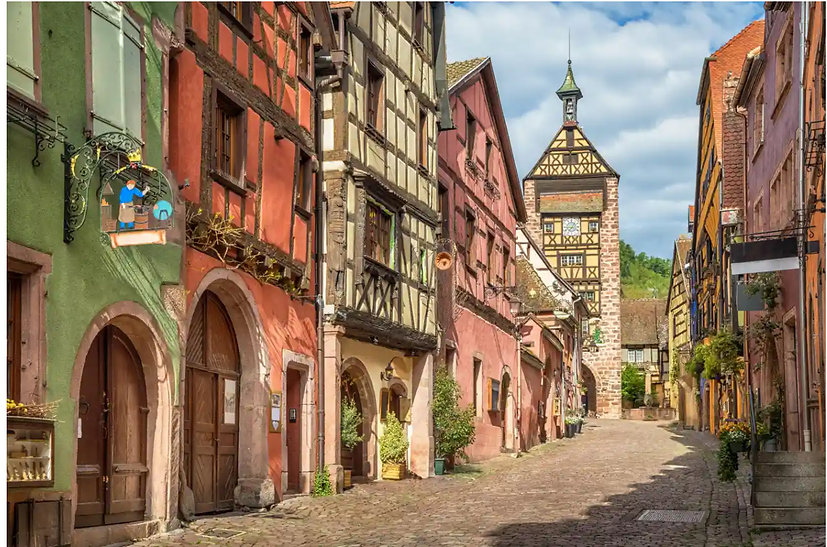
The History of the Beauty and the Beast Fable
Tale as old as time...
It's hard to say where a fable begins. Scholars might say that the oldest version of Beauty and the Beast is a story titled Cupid and Psyche by a Roman writer named Apuleius in 150 A.D. However, Apuleius likely was inspired by oral renditions of Greek versions of the tale. The Greeks may have derived their story from an even earlier source as Cupid and Psyche closely mirrors an Indian classic, The Woman Who Married a Snake.
Still, the first known iteration of La Belle a la Bête was penned by French novelist Gabrielle-Suzanne Barbot de Villeneuve in 1740. The story was adapted a few years later into a shorter version by Jeanne-Marie Le Prince de Beaumont and published in a Children's Collection (Magasin des enfants) with no credit to the original author.
Beaumont's La Belle a la Bête is the most commonly retold and referenced version of the tale, and the source material for Disney's adaptation. This version certainly is very different than the 1991 cartoon. But to say it is the first would be to leave out critical details that show us how Beaumont's own life and purpose in publishing the story affects her version of the characters who would ultimately become Belle and Beast.

Who was Jeanne-Marie Le Prince de Beaumont?
Jeanne-Marie Le Prince de Beaumont was born in Rouen, France. She lost her mother when she was only eleven years old, after which, she was mentored by two wealthy women who entered her into a convent school. She began teaching at the same school at the age of 20, but left a few years later for less than exemplary behavior. Madame de Beaumont received her surname following her marriage with Antoine Grimand de Beaumont. Most sources claim their marriage wasn't a happy one. It was likely arranged for economic reasons -- though the debate between marriage as a romantic proposition or an economic one was just starting to be had. Her marriage was annulled two years later and Madame de Beaumont goes on to have a career as a governess and a writer in England. In fact, most of her books were written with the express purpose of teaching moral lessons to young girls, including her version of La Belle a la Bête. By the time she passed away in 1780, she had published more than seventy books.
Arranged Marriage
Madame de Beaumont lived in a time where arranged marriages were being challenged by notions of getting married for love. Prior to such conversations, marriage was simply an economic proposition, without much thought being given to romance. In her version of the story, the Beast asks for Beauty's hand in marriage each night they dine. The Beast is deferential to Beauty and Beaumont makes sure to stress that she has free will. At the end of the story, it is unclear if Beauty has truly fallen in love with the Beast in a romantic way, but it is most certainly a marriage built on mutual trust and respect.
Morals for Young Girls
La Belle a la Bête was published in a collection of Children's Stories for young girls. Given Madame de Beaumont's long career as a governess, we can infer certain morals that the tale is attempting to get across.
-
It is admirable to be dutiful and concerned with one’s parents
-
Reading good books should be preferred over pastimes such as attending parties and balls
-
It is best to be humble, instead of “putting on airs”
-
Hard work in rural settings makes one healthy and cheerful and is to be preferred over idleness and metropolitan life
-
Honesty (like Beauty’s) is more admirable than duplicity (like her sisters)
-
In choosing spouses, virtue and kindness are more important than good looks and a ready wit


